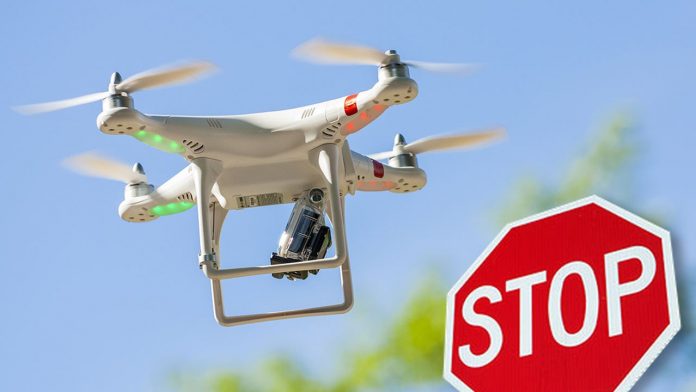
The potential for terrorists to pack small consumer drones with explosives or to use them as weapons has become a “tangible reality” in the U.S. that keeps security teams awake at night, two officials said.
Terror groups outside the U.S., including the Islamic State or ISIS, have in recent months begun using small unmanned aircraft in attacks, which has substantially raised the risks that such actions are possible domestically, the officials said Wednesday at a security conference in Washington.
“Small UAS with a small payload, that can be absolutely deadly,” said Mark Lilly, an Air Force expert in security threats, referring to drones by the acronym for unmanned aerial systems. Small amounts of explosive compounds could be attached to the millions of small commercial drones that have been sold in this country, Lilly said.
“Anyone who has ever seen or worked with C-4 knows it doesn’t take much against a high value target, be it a civil 747 or 757 full of passengers or even on the ramp flying into the intake of an engine and exploding it,” he said.
For years, the threat was viewed as more theoretical, but the ease of obtaining highly capable small drones combined with the way terror groups in the Middle East have used them have made the concerns real, said William Hewitt, chief of the UAS Threat Integration Cell at the U.S. Department of Homeland Security.
“Now it is a tangible reality,” Hewitt said.
Hewitt and Lilly were speaking at a conference sponsored by the Air Line Pilots Association, a union representing about 55,000 crew members in North America.
DHS, the Federal Aviation Administration and other U.S. agencies are testing systems that can track drones and disable them if they come too close to sensitive sites or airports. The technology is promising, but in some cases regulations may prevent its use, said Doug Booth, the director of Lockheed Martin’s efforts to create such tools.
The government needs to improve cooperation and focus on the issue, said Stephen Alterman, president of the Cargo Airline Association trade group.
“Something is going to slip through the cracks unless we get a hold of this thing,” Alterman said.
(c) 2017, Bloomberg · Alan Levin

